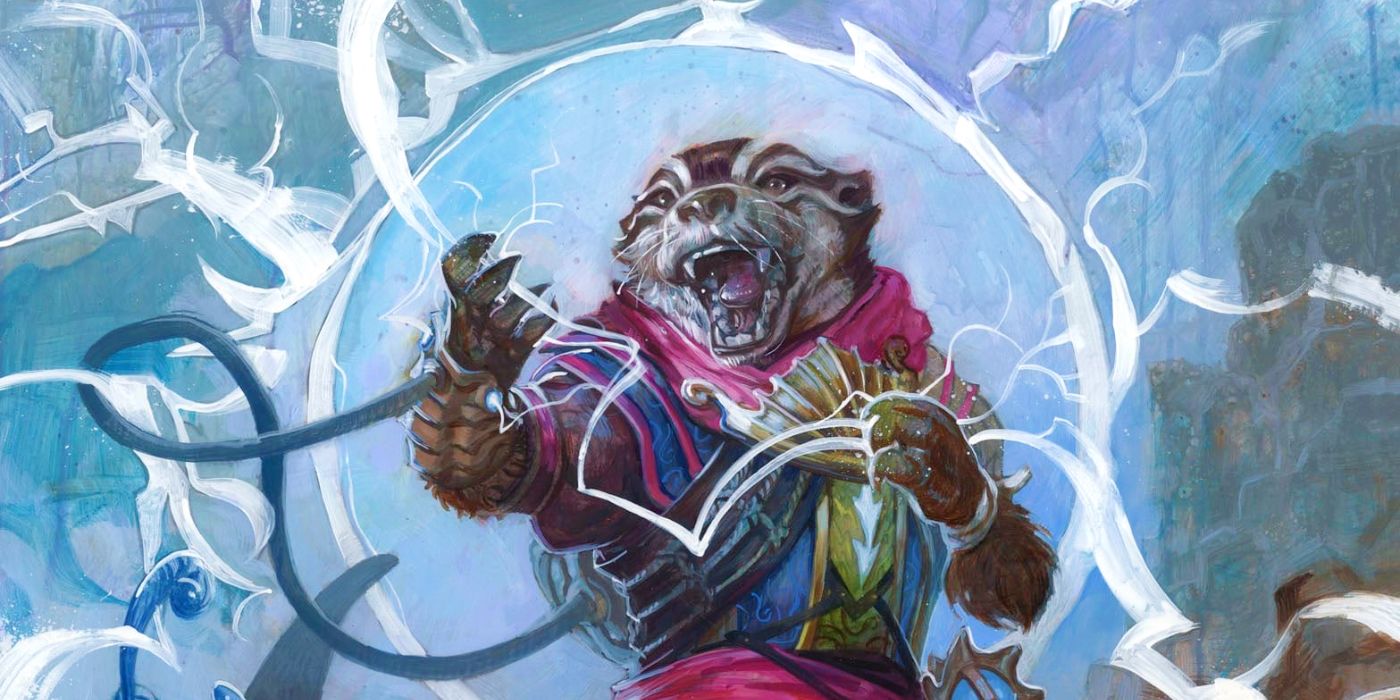How To Tell Magic: The Gathering Card Rarity
Summary Rarer Magic: The Gathering cards are more valuable, but common ones can still impact the game significantly.
It's simple to discern a card's rarity using the color-coded expansion symbols and printed initials.
While exceptions exist, understanding these basic rules can enhance the excitement of opening booster packs.
The cards of Magic: The Gathering naturally come in a variety of rarities, ranging from common to extremely rare. Generally speaking, rarer cards have a better chance of being more powerful and valuable than commonplace ones, making them well worth keeping an eye out for when building a MtG deck. Fortunately, the rarity system that the trading card game uses is easy to understand, with the cards themselves giving all the information one needs to quickly tell how rare they are.
Of course, no matter the format, even common cards can help turn the tide in any game of Magic: The Gathering. By itself, a card having a higher rarity is no way to guarantee winning a game of Magic: The Gathering, as effects and synergy naturally need to be taken into account. However, regardless of its effectiveness, there is an undeniable thrill in finding a rare card in a booster pack, which alone can be a brilliant experience.
Magic: The Gathering Card Rarities Are Easy To Discern
Expansion Symbol Colors & Initials
It is important to understand that there are just four standard tiers of rarity in Magic: The Gathering: Common, Uncommon, Rare, and Mythic Rare. On modern MtG cards, there are two different methods that can be used to distinguish a card’s rarity with ease. The first is to examine the expansion symbol printed on the card, which changes color depending on rarity. The second method is to look in the bottom-left corner of the card, where the rarity’s initial will be printed alongside other information like the card’s set number.
Rarity Expansion Symbol Color Printed Initial Common Black C Uncommon Silver U Rare Gold R Mythic Rare Orange M
It is also worth keeping in mind that Basic Lands and Tokens have their own indicative initials, L and T respectively, which appear in place of a standard rarity in the bottom left. Regardless, Basic Lands are generally counted as common cards in all respects, including their expansion symbols being black. Meanwhile, the fewer cards there are in a set that allow one to create a specific Token, the rarer that Token reportedly is to find in booster packs, although they are all ultimately marked with the same black Common expansion symbol as Basic Lands.
Related Related: 9 Brutal Lessons I Learned From Playing MTG Commander This Year I just recently started playing Magic: The Gathering’s Commander format, but I quickly learned a few important lessons and unspoken rules.
Magic: The Gathering’s Card Rarities Have Not Always Been So Clear
Exceptions To MtG's Current Rarity Indicators
Notably, the color-coded expansion symbols were introduced as part of the 1998 Exodus set, the 14th MtG expansion, and the rarity of even earlier cards was only given on separate card lists. Additionally, the Coldsnap (2006) and Dominaria (2018) sets break the convention with their Common cards having a white expansion symbol, and Time Spiral's (2006) timeshifted cards have purple rarity symbols. In the past, there have also been Special (S) cards; the original two Special cards (Prismatic Piper and Faceless One) were intended as always-available cards in drafted Commander games, while later examples have been promo cards.
Due to Special cards only rarely appearing, and even then only in relatively old sets (the most recent example being box toppers for 2018’s Ultimate Masters), their existence is generally better viewed as trivia rather than an active part of the game.
By learning a few simple rules, it quickly becomes very easy to distinguish the rarity of a Magic: The Gathering card. This helps people to understand how impressive the contents of a booster pack are, which undoubtedly improves the experience of opening one. The rarity indicators also blend well with the rest of a card’s design, the expansion symbol in particular contributing to its overall appearance.











COMMENTS